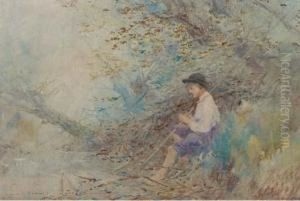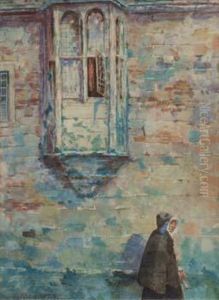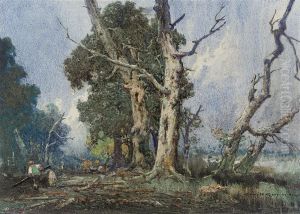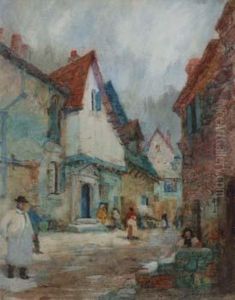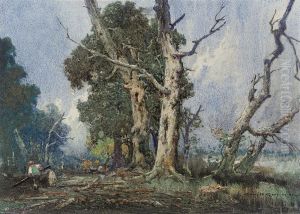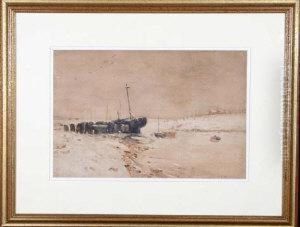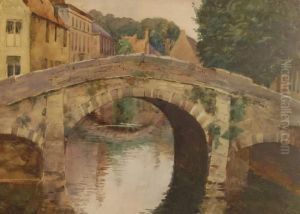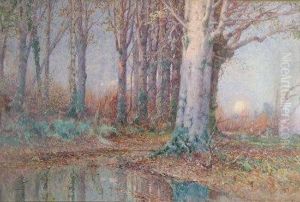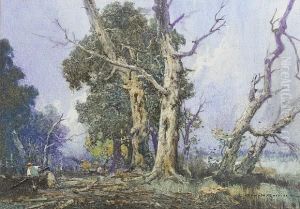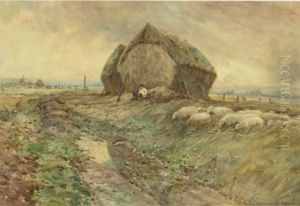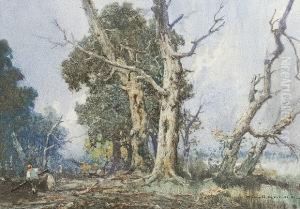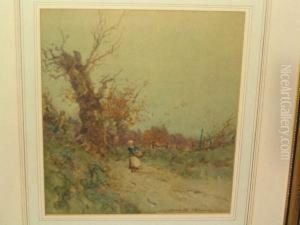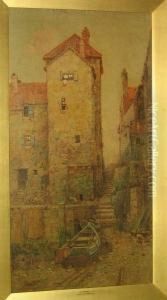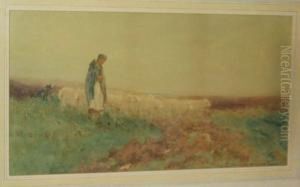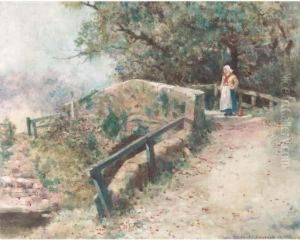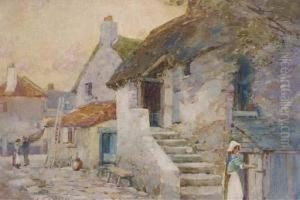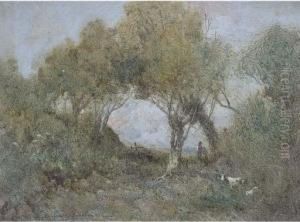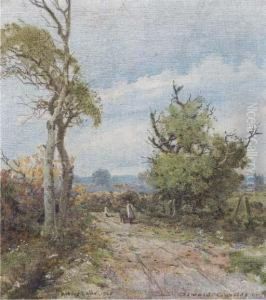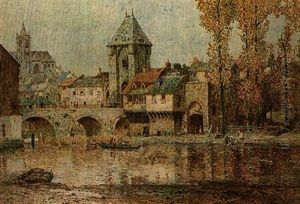Oswald Garside Paintings
Oswald Garside was a British artist, primarily known for his marine and landscape paintings. Born in 1879, Garside's early life was marked by a profound connection with the sea and the English countryside, which later became the main subjects of his artworks. His style, while rooted in the classical tradition, also reflected the influences of the Impressionist movement, capturing the play of light and shadow with a distinct sense of mood and atmosphere.
Garside's artistic journey began at the Manchester School of Art, where he honed his skills and developed a keen eye for detail. Despite the prominence of industrial themes in the art of his contemporaries, Garside remained focused on natural landscapes and seascapes, drawing inspiration from the rugged coasts and pastoral scenes of England. His work gained recognition for its ability to convey the serene beauty and dynamic power of nature.
Throughout his career, Oswald Garside exhibited his paintings at various prestigious venues, including the Royal Academy and the Royal Society of British Artists. His exhibitions were well-received, attracting attention for their technical skill and emotional depth. Garside's paintings were celebrated for their vibrant colors, delicate brushwork, and the evocative way they portrayed light.
Despite his success, Garside remained a somewhat elusive figure in the art world, preferring the solitude of his studio and the quiet landscapes that inspired him. His dedication to capturing the essence of the British landscape made him a significant, though underappreciated, figure in early 20th-century British art.
Oswald Garside's legacy is preserved in the collections of various British museums and galleries, where his work continues to be appreciated for its contribution to the landscape and marine genres of the period. He passed away in 1942, leaving behind a body of work that remains a testament to his love for the natural world and his mastery of painting.
